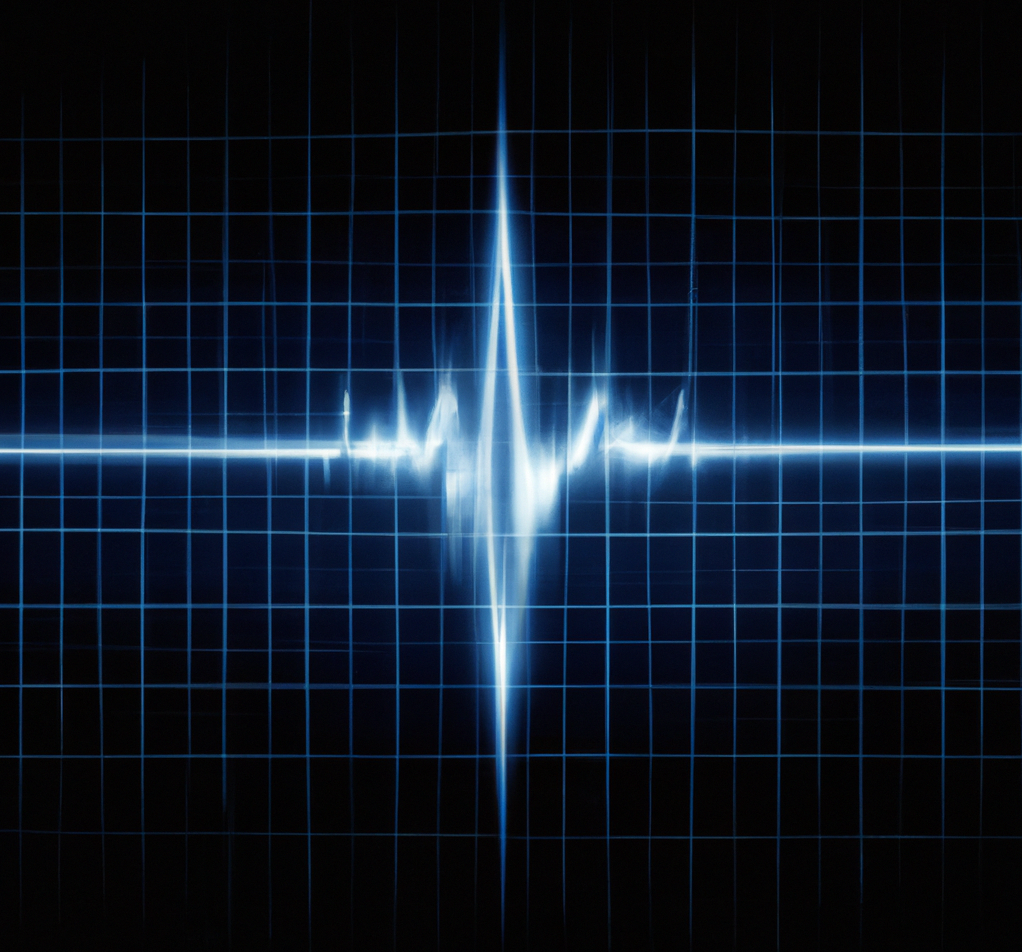- Trainer/in: Ludwig Böss
- Trainer/in: Harald Lesch
- Trainer/in: Robert Helling
- Trainer/in: Andreas Schachner

- Trainer/in: Stefan Karsch
- Trainer/in: Johannes Zirkelbach
Suppose someone gave you a terabyte of data on an epidemic. What are the theoretical concepts you need to know in order to understand collective behaviour in such a system? In this lecture, we will take an interdisciplinary perspective on how order emerges in non-equlibrium systems. We will introduce the theoretical concepts we need to know to identify and understand collective order in space and time. We will begin by introducing core concepts from non-equilibrium statistical physics, such as field theory, renormalisation group theory and non-equilibrium phase transitions. We will ask how order emerges in and out of thermal equilibrium and how this changes in systems with with disorder. We will complement these theoretical insights with approaches from data science and machine learning that allow identifying collective degrees of freedom in big data. We will synthetise these lessons using examples from ongoing research in biophysics.

- Trainer/in: Onurcan Bektas
- Trainer/in: Felix Meigel
- Trainer/in: Ruslan Mukhamadiarov
- Trainer/in: Steffen Rulands
- Trainer/in: Marcel Gievers
- Trainer/in: Nepomuk Ritz
- Trainer/in: Honghao Tu
- Trainer/in: Jan von Delft
- Trainer/in: Jeanette Lorenz
- Trainer/in: Changkai Zhang
- Trainer/in: James Creswell
- Trainer/in: Mariam Khaldieh
- Trainer/in: Sayyed Raiessi Toussi
- Trainer/in: Oleksandr Sulyma
- Trainer/in: Severin Angerpointner
- Trainer/in: Erwin Frey
- Trainer/in: Julian Kappler
- Trainer/in: Beatrice Nettuno
- Trainer/in: Tobias Roth
- Trainer/in: Richard Swiderski
- Trainer/in: Davide Toffenetti
- Trainer/in: Henrik Weyer
- Trainer/in: Jan Willeke
- Trainer/in: Mingqi Yan
- Trainer/in: Thomas Bein
- Trainer/in: Thorben Cordes
- Trainer/in: Emiliano Cortés
- Trainer/in: Franz Gröbmeyer
- Trainer/in: Amelie Heuer-Jungemann
- Trainer/in: Jianfei Jiang
- Trainer/in: Vansh Kharbanda
- Trainer/in: Benedikt Sabaß
In particular topics include
- The Cosmic Distance Ladder
- Modelling the Expansion of the Universe
- Cosmology from Distance Measures
- The Large-Scale Distribution of Galaxies
- Modelling the Large-Scale Structure of the Universe
- Cosmological Tests with Large-Scale Structure
- Structures in Radiation - The Cosmic Microwave Background
- Modelling of Cosmic Microwave Background Anisotropies
- Cosmology with Cosmic Microwave Background Anisotropies
- Weighing the Universe - The Most Massive Objects: Galaxy Clusters
- State of the Art: Bringing it all together - The H0 Tension
Please self enroll into the course and register on LSF here.
Learner Testimonials:
"This was my favorite course in the whole semester. Prof.Weller did explain really well all the core concepts and helped us in understanding our universe even better."
"Das Engagement und die Begeisterung des Dozenten für sein Thema, das war auch ansteckend. Und die immer gute Laune. Die Möglichkeit häufig und viele Fragen zu stellen. Die große Bereitschaft Fragen zu beantworten, sowohl des Dozenten als auch der Tutoren."
- Trainer/in: Steffen Hagstotz
- Trainer/in: Nico Hamaus
- Trainer/in: Kai Lehman
- Trainer/in: Srinivasan Sankarshana
- Trainer/in: Barbara Sartoris
- Trainer/in: Nico Schuster
- Trainer/in: Jochen Weller
- Trainer/in: Thomas Udem
- Trainer/in: Vitaly Wirthl
- Trainer/in: Damiano Aliverti-Piuri
- Trainer/in: Kaustav Chatterjee
- Trainer/in: Lexin Ding
- Trainer/in: Cheng-Lin Hong
- Trainer/in: Ke Liao
- Trainer/in: Julia Liebert
- Trainer/in: Christian Schilling
- Trainer/in: Tilman Birnstiel
- Trainer/in: Giovanni Picogna
This lecture will start with an overview of the physics and the chemistry of the interstellar medium. Then we will focus on molecular clouds and the processes of cloud collapse and star formation. We will discuss the properties of young stellar objects and their circumstellar disks. This is followed by a basic description of the planet formation processes in these disks and the early evolution of terrestrial planets and their atmospheres. We will then also consider the environment of forming stars and planets, and discuss the properties of stellar clusters and associations. In the final chapter, we will first take a look at the formation processes of high-mass stars, and then describe how the very massive stars influence their environment. The lecture concludes with a discussion of the corresponding effects on stars and planets forming in clusters and associations containing high-mass stars, and what this has to do with the origin of our own solar system.
- Trainer/in: Thomas Preibisch